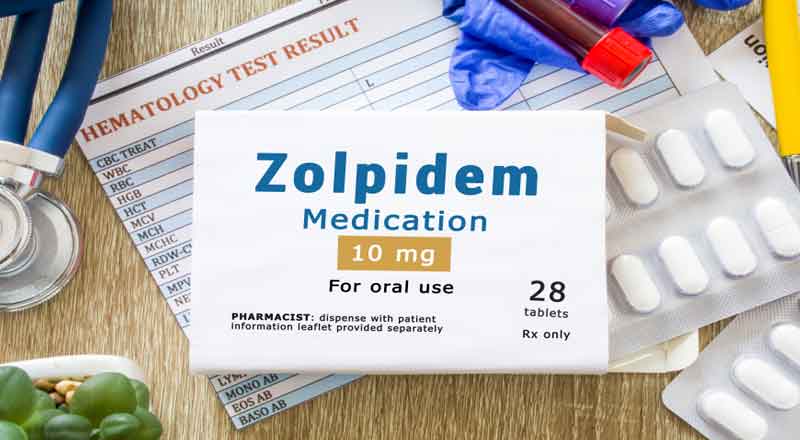Benzodiazepine-like Z-drugs have dominated the insomnia pharmacological treatment market for the past 30 years. However, due to their unfavorable side effect profile, there is a need for additional treatment options. There are currently four Phase III products in development for the treatment of insomnia. However, they do not possess novel mechanisms of action (MOA) that differentiate them from marketed products, says GlobalData, a leading data and analytics company.
Christie Wong, Pharma Analyst at GlobalData, comments: “Z-drugs such as zolpidem, zopiclone, and eszopiclone, are the most common first-line drug treatment for insomnia. However, as Z-drugs promote GABA neurotransmission, cognitive impairment, dependence, withdrawal symptoms, and falls due to imbalance are the common risks associated with long-term use of these drugs.”
The approval of dual orexin receptor antagonists (DORAs) for the treatment of insomnia, which selectively inhibit arousal and promote sleep, offer a superior safety profile when compared to Z-drugs.
Wong adds: “Unlike the Z-drugs, discontinuing DORA treatment is not associated with rebound insomnia. But key opinion leaders (KOLs) interviewed by GlobalData noted that the marketed DORAs fall short in comparison to Z-drugs in terms of efficacy, leaving an unmet need for additional drug therapies for insomnia with a superior efficacy and safety profile.”
Unfortunately, there is a limited number of late-stage pipeline agents for insomnia, with only four products in Phase III development: Vanda Pharmaceuticals’ Hetlioz (tasimelteon), EUSOL Biotech’s SM-1 (diphenhydramine + lorazepam + zolpidem), Taisho Pharmaceutical’s vornorexant, and Johnson and Johnson’s seltorexant.
Hetlioz is a melatonin agonist that is already FDA approved for two rare sleep disorders: non-24-hour sleep wake disorder and Smith-Magenis syndrome. But Vanda Pharmaceuticals is looking to pursue label expansion, with plans to file an sNDA for the treatment of insomnia in 2024. This would set up the drug to compete with marketed melatonin receptor agonists including Takeda’s Rozerem (ramelteon) and generic versions of ramelteon.
SM-1 combines an antihistamine (diphenhydramine), benzodiazepine (lorazepam), and a Z-drug (zolpidem) in a single pill for the treatment of acute insomnia. However, inexpensive generic versions of each of these drugs are already marketed separately for insomnia, which could limit the uptake of the combined formulation.
Taisho’s vornorexant could be the next DORA to enter the market and compete with Merck’s Belsomra (suvorexant), Eisai’s Dayvigo (lemborexant), and Idorsia’s Quviviq (daridorexant). Unlike DORAs, which target both orexin receptor type 1 and type 2, J&J’s seltorexant selectively antagonizes orexin receptor type 2 and is being investigated as an adjunctive therapy to antidepressants for patients with major depressive disorder and insomnia symptoms.
Wong concludes: “The insomnia market is heavily genericized, creating a difficult competitive environment for new products. KOLs highlighted the need for companies developing drugs in insomnia to conduct head-to-head trials in addition to placebo-controlled clinical trials to help differentiate products that have similar MOAs.”





